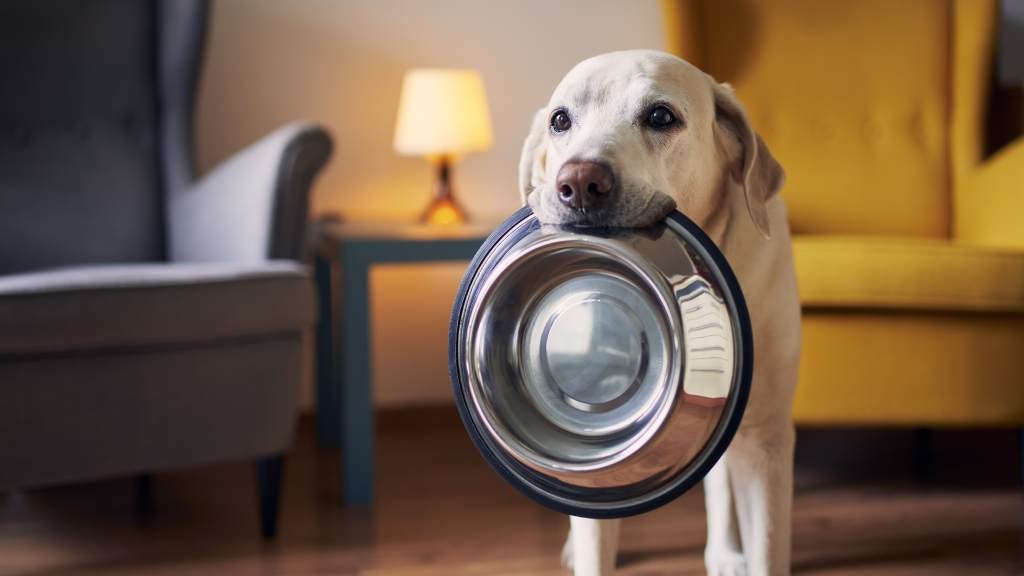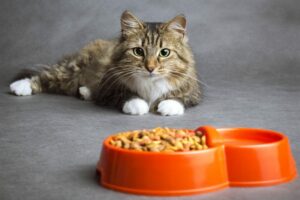Because the company of cats enriches our lives, it is crucial to address a growing problem: feline obesity. Tackling Obesity in Cats: Prevention Tips Go Beyond Improving Your Cat’s Appearance; This is to ensure that your furry friend has a long and healthy life.
Understanding obesity in cats
Identifying obesity in cats takes more than a cursory glance. It involves understanding body condition scores and identifying signs, such as a lack of visible waist or the inability to feel the ribs.
Consequences of obesity in cats
Obesity in cats is not a cosmetic problem; It has a major impact on the health and longevity of cats. From diabetes to arthritis, the consequences are far-reaching and highlight the need for proactive prevention.
Causes of obesity in cats
A sedentary lifestyle, overfeeding and medical factors can lead to obesity in cats. Identifying these factors is the first step in the prevention process.
prevention tips
Balanced diet and portion control
The basis for preventing obesity in cats is a balanced diet and portion control. Choose high-quality cat food and measure portion sizes to meet your cat’s specific needs.
exercise regularly
Encourage play and physical activity. Providing your cat with regular exercise can mimic natural hunting behavior and help maintain a healthy weight.
Check dietary habits
Pay attention to your eating habits. Avoid random feedings and set regular meal times. This practice helps regulate calorie intake and promotes a healthier weight.
Choose the right cat food
Choosing the right cat food is crucial. Consider your cat’s age, breed and activity level to choose a formula that supports weight management.
Seek veterinary guidance
It is important to carry out regular veterinary checks. They provide advice tailored to your cat’s unique needs, ensuring a comprehensive preventive approach.
alternatives to healthcare
Although treats are fun for cats, choosing low-calorie alternatives is key to preventing obesity. Make sure the treats complement your cat’s diet without affecting its nutritional balance.
Hydration
Adequate water intake is often overlooked. Make sure your cat has access to fresh water to promote hydration and support overall health.
Interactive sports toys
Engage your cat in physical activities with interactive toys. These not only provide exercise, but also stimulate your cat’s mental abilities and help develop a comprehensive prevention strategy.
Create a cat-friendly environment
Design a living space that encourages movement. Install cat guards, scratching posts and climbing structures to satisfy your cat’s natural instincts.
Understand cat behavior
Cats thrive when the environment is consistent with their natural behavior. Understanding your cat’s instincts can help you create an environment that promotes physical activity.
Meal frequency and timing
Establishing a consistent feeding schedule is crucial. Optimal meal frequency and timing help regulate metabolism and support weight management.
weight monitoring technology
Use the body condition score to monitor your cat’s weight. Regular assessments can help identify trends and adjust preventative measures accordingly.
Socialize cats for physical activity
Encourage playing with other cats. Social interaction supports physical activity, promotes a healthy weight and prevents obesity.
Educate cat owners
Raising awareness about the risks of obesity in cats is crucial. Educate cat owners about the importance of preventative measures and proactive behavior.
Overcome challenges
Addressing reluctance to exercise can be challenging. Introduce new toys or activities gradually and let your cat enjoy the process.



